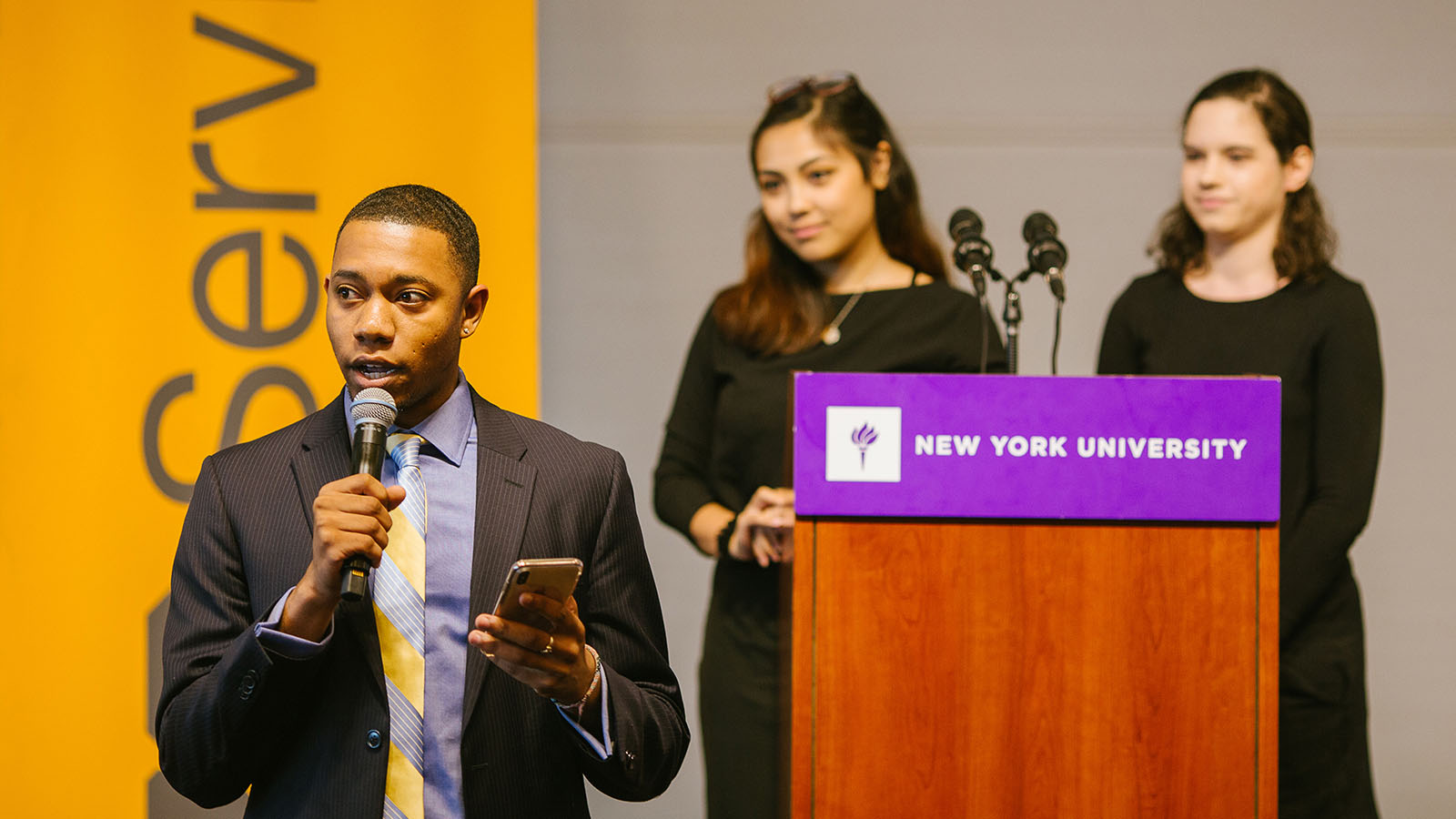Executive Summary
Since its creation 10 years ago, NYC Service, a division of the Office of the Mayor, has had a strong commitment to national service programs as a pillar of its civic engagement strategy. It has emerged nationally as a leader of the national service movement, developing programs and serving as a convening organization for AmeriCorps programs across New York City.
NYC Service launched one of its keystone AmeriCorps programs, City Service Corps, in 2015. City Service Corps is unique both in its form and function: an AmeriCorps State & National program that places members at New York City agencies to fill vital community needs, with a funding model that brings public agencies and private donors together to make an impact on New York City. Those serving in the program build capacity, add value to their host agency and increase effectiveness, efficiency, scale and/or reach of new or existing high priority projects.
Now, with this City Service Corps Blueprint, New York City is providing communities across the nation with the building blocks to create their own City Service Corps programs. This Blueprint gives a comprehensive look into the creation of City Service Corps, the ongoing operation of the program, and the key tools used to build the program.
Part one of the Blueprint details what a municipality should do before it launches a new City Service Corps program:
Assess and Establish Needs
Build Buy-In
Make the Case and Secure Supporters
Part two focuses on the program administration, looking at how to:
Design Your Program
Implement Your Program
Support Your Members
Finally, part three of the Blueprint looks strategically at how to:
Evaluate and Demonstrate Impact
Create Sustainability
The information presented in the Blueprint provides a strong foundation to launch an AmeriCorps program in any community. It is a program that provides meaningful impact for AmeriCorps members, for the city government, and for the greater community.

Benefits to starting a City Service Corps in your municipality:
- Workforce outcomes: Members receive training during their service term that is of benefit to the city beyond their term
- 35% of the over 500 members who have served in the first five program years have been hired by the city
- Education: $2.1M in education awards have been awarded between 2015-2020- much of that going back into institutions in the city
- Contributions to city agency host sites: Members influence new and growing program areas at their host site
- Members impacted over 150,000 low income New Yorkers directly through community outreach, training and program delivery
- In the first 5 program years, 90% of host site supervisors have said that members increase effectiveness and efficiency of the projects that they serve on and often bring new, fresh ideas to the project
-
Members have been able to expand services in key areas such as:
- Allowing composting and recycling education to be delivered to tens of thousands of New York students, businesses and residents
- Reaching hundreds of immigrants through Know Your Rights forums
- Developing emergency preparedness outreach and trainings for specific targeted communities at high risk
- Leading community residents in environmental stewardship trainings and volunteer days
- Deepening programming for foster care families